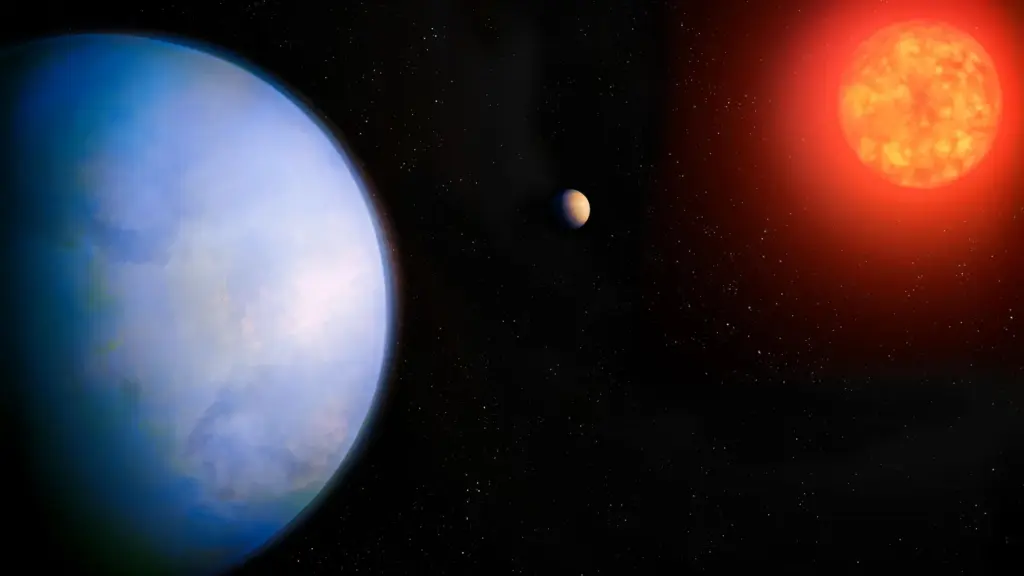
Astronomers from the University of California, Irvine have discovered a super-Earth located 18 light-years away within the habitable zone of a nearby M-dwarf star. This discovery positions the planet, designated GJ 251 c, as a significant candidate in the ongoing search for extraterrestrial life, particularly due to its potential for liquid water—a critical ingredient for life as we know it.
The research team published their findings in The Astronomical Journal, detailing how they detected the planet’s gravitational influence on its host star. The close proximity of GJ 251 c makes it an attractive target for future observations, particularly with advanced telescopes currently under development.
New Exoplanet Revealed
GJ 251 c is classified as a super-Earth, a category of planets that are more massive than Earth but significantly smaller than gas giants. Its rocky structure suggests it shares characteristics with our own planet, making it an intriguing subject for further study. As co-author Paul Robertson, an associate professor of physics and astronomy at UC Irvine, noted, “What makes this especially valuable is that its host star is close by, at just about 18 light-years away. Cosmically speaking, it’s practically next door.”
The planet orbits an M-dwarf star, the most common type of star in the Milky Way, which is characterized by its smaller size and lower luminosity. M-dwarfs are known for their stellar activity, which can complicate the detection of orbiting planets due to phenomena such as starspots and flares. Despite these challenges, the proximity of GJ 251 c presents a unique opportunity for direct imaging.
Harnessing Advanced Technology
The team utilized data from the Habitable-zone Planet Finder and NEID, precision instruments designed to detect exoplanets by measuring the subtle effects they exert on their stars. As GJ 251 c exerts gravitational pull on its host star, it causes small, periodic shifts in the star’s light, which researchers were able to observe and analyze.
Using these instruments, the team confirmed the presence of GJ 251 c, a process complicated by the activity of its host star. Observations were enhanced by HPF’s ability to operate in the infrared spectrum, where signals from stellar activity are diminished, allowing clearer readings of the planet’s influence.
As lead author and data scientist Corey Beard explained, “TMT will be the only telescope with sufficient resolution to image exoplanets like this one. It’s just not possible with smaller telescopes.” The upcoming Thirty Meter Telescope, currently under development, is expected to provide the necessary resolution to directly observe GJ 251 c and verify its potential for hosting liquid water.
The research has garnered support from the National Science Foundation (NSF) through grant AST-2108493 for the HPF exoplanet survey, alongside funding from NASA and the NSF for the NN-EXPLORE program.
The discovery of GJ 251 c represents a significant step forward in exoplanet research. The team hopes their findings will inspire further exploration of this planet, particularly as new observatories like the Thirty Meter Telescope become operational. Collaborators on the project included researchers from institutions such as Pennsylvania State University and the University of Colorado, Boulder.
As the search for life beyond Earth continues, GJ 251 c stands out as a promising candidate, underscoring the significance of ongoing advancements in astronomical technology and research.







